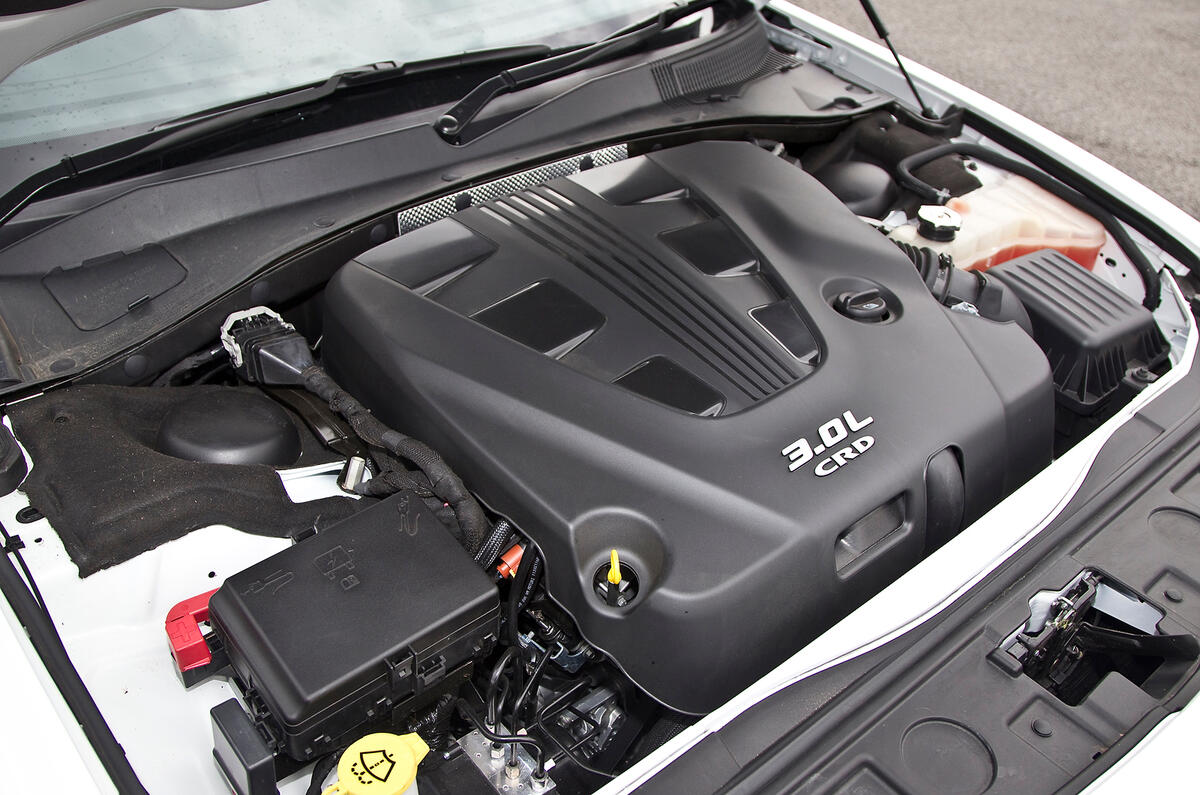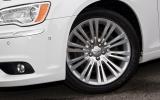Remember the ill-fated ‘merger of equals’ between Daimler and Chrysler in the late 1990s? In the end it was a merger of disaster and broke down a decade later, but you’re looking at what is one of the few success stories to come from it.
At the turn of the millennium, Chrysler’s US-specific entrants in the large executive sector were dreadful front-driven spudders like the Concorde and 300M. Chrysler engineers, though, speak fondly of travelling to Germany and having access at that time to the latest Mercedes technology and architecture.
The result was the 300C, which turned up at the New York motor show in 2003, before going on sale in the US in 2004 and then in the UK at the turn of 2005.
Sharing some mechanical components with Mercedes’ contemporary ‘W211’ E-Class, it's a car that has brought Chrysler considerable success over the past decade. It did quite well in pre-financial-crisis Britain, plying Yankee charm and plenty of space for the money.
And now we have a replacement that, in its styling, has had the ‘Audi TT’ treatment: it’s modernised and updated but is clearly a continuation of Chrysler’s best recent model. The mostly new 300C is still badged as a Chrysler in the UK (and the US and most other markets) but has become the Lancia Thema throughout most of mainland Europe. Whatever the badge, though, the question remains: is it any good?















































